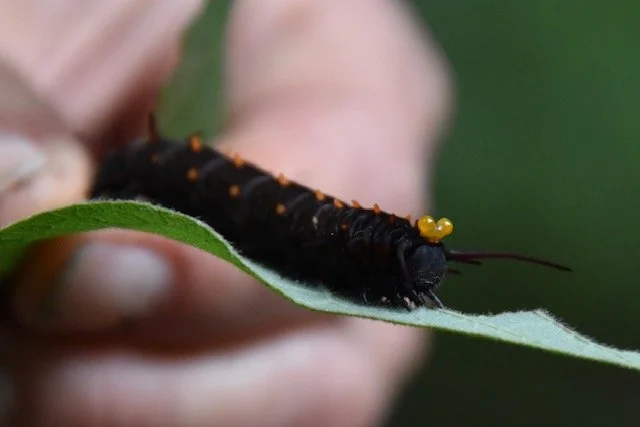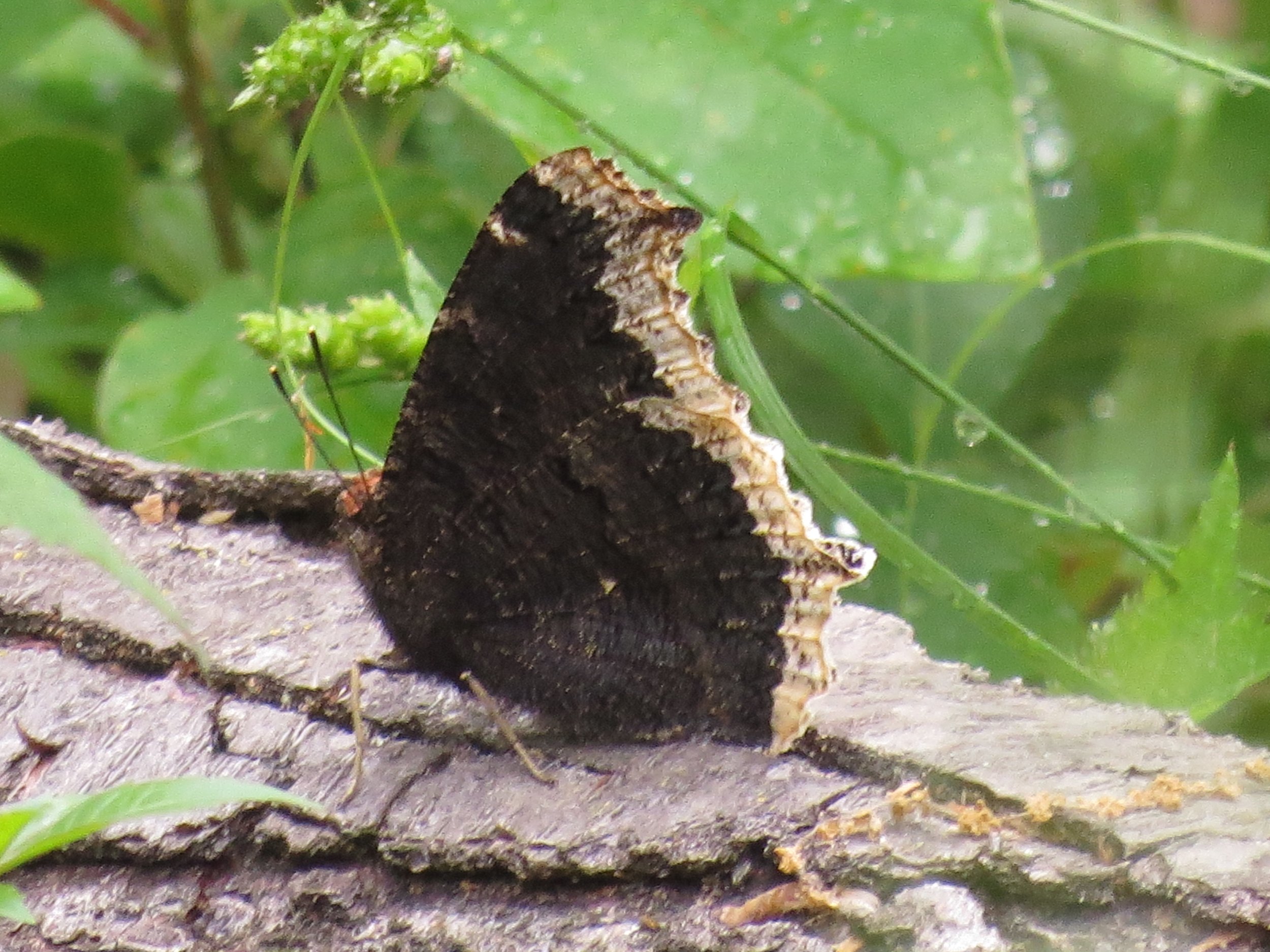Well Played ODOT!
/On August 12, 2019 I wrote a blog that was rather scathing of the Ohio Department of Transportation’s mowing schedule in southeast Ohio - https://www.butterfly-ridge.com/bloggerfly/2019/8/12/when-the-walk-and-the-talk-dont-match - What I was particularly upset by was the mowing of the US33/OH180 interchange on August 12. The northeast corner of that interchange is loaded with common milkweed and by mowing on August 12, ODOT destroyed any migratory generation monarchs who were in the field as eggs or caterpillars. By mowing on August 12, ODOT effectively destroyed any use at all of that milkweed by the migratory generation of monarchs.
Some folks, including official ODOT spokespeople, thought I was being especially mean and unfair to ODOT. After all, that field had to be mowed for safety purposes. I never denied this. I was upset by the horrendous timing of the mow. If ODOT, or anybody else, wanted to completely disrupt the use of milkweed by the migratory generation of monarchs in southeast Ohio, August 12 would be, literally, the perfect day to mow to accomplish that.
This year things have been different. That same interchange this year was mowed in mid-July, which for migrating monarchs, is only a week off or so of being the perfect date to benefit the insects. I would argue mowing a week earlier would have been better, but mid-July was a much better choice than mid-August!
Why was mid-July such a great choice? The migratory generation had not yet entered that field in any life stage. In southeast Ohio, eggs of the migrating monarchs are normally laid in August. Secondly, by mowing in mid-July, the milkweed had time to re-sprout before the migrating generation would need it. On August 12 this year, the milkweed was twelve to eighteen inches tall, tender, and ready to receive monarchs.
Did my fussing have anything to do with this new mowing schedule? Probably not, which I am completely okay with. I am not sure who made the scheduling change for the mowing of this field, I am just glad they made it.
How many monarchs does this field produce? I have no idea on that either, but I would not be surprised if it is a few dozen, which in the grand scheme of things isn’t very many. However, for an organization (ODOT) that publicly has been trying to be more pollinator friendly in the past few years, every monarch saved is a step closer to a better reputation.
I thank ODOT for their new mowing schedule for that field. It has made a lifetime of difference for a struggling insect!











